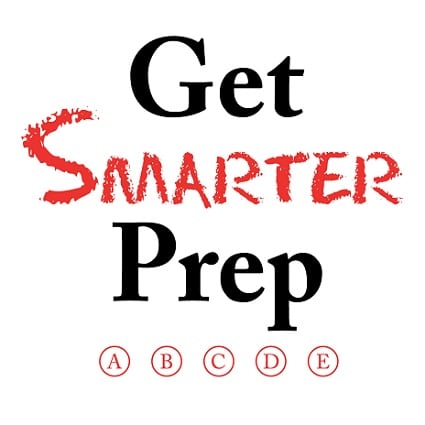Some time ago an article suggested that yes, indeed, the Internet had not just changed the way we read, but the way we remember. As someone who never saw anything wrong with the “old ways” of reading, I hope to offer some correctives to unfortunate trends in our society, to the benefit of students both young and old.
1. Read all sorts of things. Just as it’s important to have a varied diet for our health, it’s important to have varied reading to give you insights into how different parts of our society think. You’ll have your morning internet articles, but hopefully too your work/school reading, recreational reading, and hobby reading.
2. Don’t listen to music when doing your serious reading. Study after study has shown that the brain cannot really pay attention to both the intensive act of reading and the reflective act of music. The separate exercises are using separate parts of the brain, but there is enough overlap to ensure that you will not really enjoy the music or comprehend the reading. Pick one. You’ll enjoy whatever you choose more.
3. Turn off your inner reader. We find that part of the reason our students struggle with reading comprehension when they first come to us is their practice of “reading to themselves.” What I mean by this is that they simply read aloud “in their head.” What this fails to recognize is the brain moves many times faster than your mouth and if you can turn off that “inner reader” and allow yourself to slide into the slipstream of “brain reading” you will read not just faster, but more deeply.
4. Keep a dictionary and notebook nearby. Now, I still happen to be quite analog in my practices so you will see a literal notebook around me 90% of the time. However, what are acceptable replacements are a dictionary app and a note-taking app. The dictionary/dictionary app should be obvious: the best readers aren’t content to figure out a word using context but go deeper into a definition of the word with etymological references. The notebook is less obvious: sometimes we get ideas from reading – sometimes directly related to the text – sometimes not related at all. We have to be patient enough to write down our ideas, thoughts, and questions. When engaged in this practice we don’t see the notebook as an interruption of our reading but as a continuous part of it.
5. Always have something to read. For our parents or our students this is a good practice. We know well that you have reading you have to do for work or for school. But take back reading as something you choose to do on your own. Smartphones and tablets enable us to never be far from a book, and often, you don’t have to even pay for a digital book. Many classics and some new works are free so even if you have forgotten to bring an “old-fashioned” dead tree book, the wonders of the printed word should never be far from you in the guise of a smartphone reading app.
6. Keep your reading speeds appropriate. If you’re reading something and find it interesting but realize it’s going to take you more than a few minutes to read, either copy the link or leave it open in a separate tab where you can come back to it at more leisure. I usually let those die at the end of a couple days if I haven’t gotten to them so they don’t pile up, but better to not read a good long-form piece at all than to read it quickly and poorly. Take back your time, on your terms.
Contact us if you have further questions!


